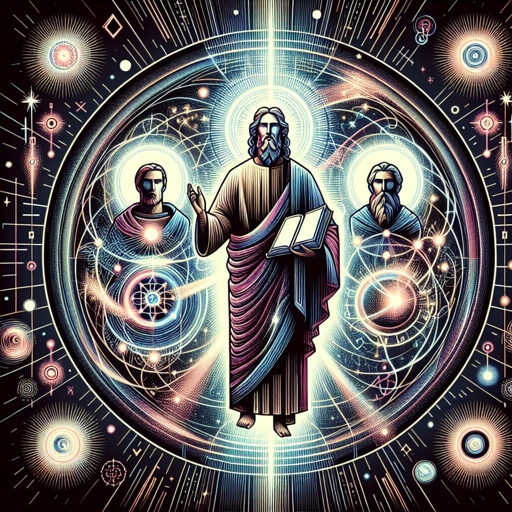John The Baptist Artwork
"In the beginning was the Word, and the Word was with God, and the Word was God." - John 1:1
Explore John The Baptist through paintings, pictures, drawings, digital art, illustrations, wallpapers, photos, prints & more.

The baptism of Jesus by John the Baptist in the River Jordan.

The baptism of Jesus by John the Baptist in the River Jordan.

The baptism of Jesus by John the Baptist in the River Jordan.

The baptism of Jesus by John the Baptist in the River Jordan.

The baptism of Jesus by John the Baptist in the River Jordan.

Luke 7:28 - "For I say unto you, Among those that are born of women there is not a greater prophet than John the Baptist: but he that is least in the kingdom of God is greater than he."

Matthew 17:13 - "Then the disciples understood that he spake unto them of John the Baptist."

Mark 6:14 - "And king Herod heard of him; (for his name was spread abroad:) and he said, That John the Baptist was risen from the dead, and therefore mighty works do shew forth themselves in him."

Matthew 3:1 - "In those days came John the Baptist, preaching in the wilderness of Judaea,"

Mark 8:28 - "And they answered, John the Baptist: but some say, Elias; and others, One of the prophets."

Matthew 16:14 - "And they said, Some say that thou art John the Baptist: some, Elias; and others, Jeremias, or one of the prophets."

Matthew 11:12 - "And from the days of John the Baptist until now the kingdom of heaven suffereth violence, and the violent take it by force."

Luke 7:33 - "For John the Baptist came neither eating bread nor drinking wine; and ye say, He hath a devil."

Luke 9:19 - "They answering said, John the Baptist; but some say, Elias; and others say, that one of the old prophets is risen again."

Matthew 3:11-12

Mark 6:25 - "And she came in straightway with haste unto the king, and asked, saying, I will that thou give me by and by in a charger the head of John the Baptist."

Matthew 3:11

Mark 6:24 - "And she went forth, and said unto her mother, What shall I ask? And she said, The head of John the Baptist."

Matthew 14:2 - "And said unto his servants, This is John the Baptist; he is risen from the dead; and therefore mighty works do shew forth themselves in him."

Matthew 11:11 - "Verily I say unto you, Among them that are born of women there hath not risen a greater than John the Baptist: notwithstanding he that is least in the kingdom of heaven is greater than he."

Matthew 16:13-16 - "When Jesus came into the coasts of Caesarea Philippi, he asked his disciples, saying, Whom do men say that I the Son of man am? And they said, Some say that thou art John the Baptist: some, Elias; and others, Jeremias, or one of the prophets. He saith unto them, But whom say ye that I am? And Simon Peter answered and said, Thou art the Christ, the Son of the living God."

Matthew 3:11

Luke 7:20 - "When the men were come unto him, they said, John Baptist hath sent us unto thee, saying, Art thou he that should come? or look we for another?"

John 10:40 - "And went away again beyond Jordan into the place where John at first baptized; and there he abode."

John 3:23 - "¶ And John also was baptizing in Aenon near to Salim, because there was much water there: and they came, and were baptized."

John 1:28 - "These things were done in Bethabara beyond Jordan, where John was baptizing."

John 3:24 - "For John was not yet cast into prison."

John 1:26 - "John answered them, saying, I baptize with water: but there standeth one among you, whom ye know not;"

John 1:6 - "¶ There was a man sent from God, whose name was John."

John 10:41 - "And many resorted unto him, and said, John did no miracle: but all things that John spake of this man were true."